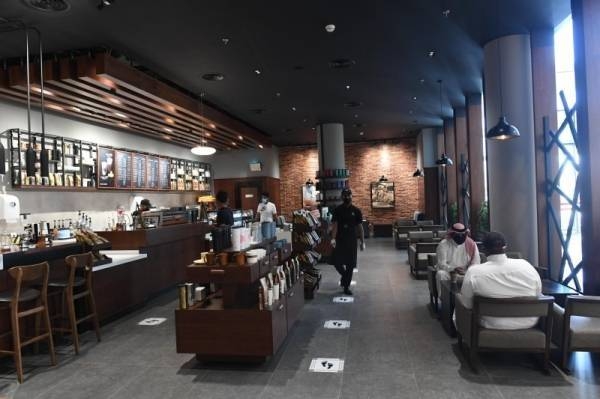
RIYADH — A new study by the King Abdullah Petroleum Studies and Research Center (KAPSARC) revealed that consumers respond less to prices when prices are low, but more when prices are high, “perhaps reflecting their curtailment of unnecessary driving in times of high gasoline prices.”
The new study titled "Gasoline Demand in Saudi Arabia: Are the Price and Income Elasticities Constant?" pointed out that "consumers do not stop driving when their disposable incomes fall, resulting in a less elastic response of gasoline demand to income."
Saudi Aramco has announced that domestic gasoline prices will be updated on the 10th day of every month, and will take effect the following day.
Starting yesterday (Sunday), gasoline 91 is priced at SR1.55per liter, while gasoline 95 is priced at SR2.11 per liter.
Aramco added that local prices of gasoline are subject to change due to changes in exports prices.
KAPSARC study noted that the price elasticities sit in the range of -0.313 to -0.045, becoming less elastic when prices are low and vice versa.
Moreover, the income elasticity of gasoline demand increased until 2014, peaking at 0.151, following growth in disposable income, before declining to 0.136 in 2017.
The study found four factors affect the impact of income on gasoline demand in the Kingdom in the short run, and that there is no link between the consumers" ability to purchase gasoline with their rate of revenues in the short run.
The factors are: the unavailability of different transportation modes; Saudi Arabia is the largest car market in the world, and ranked 15th for the popularity of luxury cars; availability of car parks; and the lowest price of gasoline in the last few years.
The study projected that gasoline demand would increase shortly through direct and indirect channels, as the number of female drivers in Saudi Arabia is expected to be around 3 million in 2020, and car sales will increase by 9% annually up to 2025, against the 3% annual increase between 2013 and 2017.
The study pointed out that aggregate car purchases increase when disposable income rises, which leads to the growth in gasoline demand. At the same time, consumers postpone new car purchases in periods of falling income.
According to KAPSARC, "consumers do not stop driving when their disposable incomes fall, resulting in a less elastic response of gasoline demand to income."
KAPSARC is a non-profit global institution dedicated to independent research into energy economics, policy, technology, and the environment, across all types of energy. The Center is focused on finding solutions for the most effective and productive use of energy to enable economic and social progress nationally, regionally, and globally. — SG












